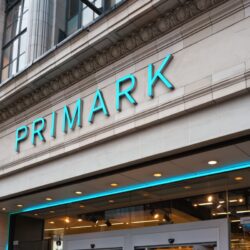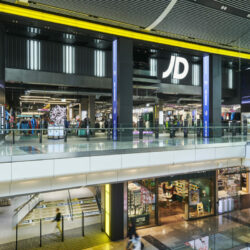The world is changing – and in the context of the UK retail industry, it‘s changing drastically. Looking back over the years we‘ve seen economic and social developments have a profound impact on consumer behaviour. For example, in 50 years the average age of a first time property buyer has increased from 24 to 35.
This in turn has had an effect on furniture/paint/carpet traders – removing a significant proportion of customers, who are now resigned to be renters into their mid thirties with no need for these items. Travel is another prime example. Why journey into your local high street to sit and talk to a travel agent to find your ideal holiday – when you have Tripadvisor at your fingertips and can browse in the comfort of your own home?
These shifts in consumer behaviour are having a major effect on retailers –who are being forced to adopt new business models to survive. This year we‘ve seen Waterstones enter a partnership with its ‘rival‘ Amazon, having previously derided the online book seller a ‘ruthless money making devil‘. This fraught, but arguably entirely rational partnership should enable each organisation to extend their market coverage. On the flipside, sadly many other high street names have gone into receivership. Caused by a failure to adapt their business models in response to the competition and customers‘ changing needs.
The immense pressure on retailers to respond promptly to customer expectations is unarguable. Today‘s sophisticated consumer sets high standards for retailers – and rewards those who consistently hit the mark. The ability to adapt quickly to changing circumstances, optimising the” here and now” sets the best operators apart.
Retail begins and ends with the customer. Technology that improves the customer experience, speeds time to market and connects up channels can give retailers a serious edge in attracting and retaining customers and increasing their value. IT can be the accelerator and direction finder for your business.
Majestic Wine is a great example of a company that is highly responsive to its customer base. Significant investment in recruiting the right staff, who are not only passionate and knowledgeable about wine, but also personally highly engaging- has driven customer endorsement and a deep understanding of customer wants and needs. Two years ago it took the decision to reduce its minimum purchase per customer from 12 to 6 bottles, growing its customer base by 7.7 per cent. Retailers must do more with less – and repeat that miracle every day in a complex, unpredictable environment.
Retailers also need to provide customers with a joined-up experience. Today, purchasing decisions are made in-store, on the mobile, online (via a multitude of devices). It is crucial that the customer experience is seamless – and investment needs to be made to drive this. We‘re working with a retailer in the North West called JD Williams, who wished to move an almost entirely online business into the high street- at speed with its “Simply Be” brand. It was essential to ensure that the face to face experience enhanced the core proposition. Use of technology and the human interaction needed to be seamless and of the highest quality . Technology was to mirror and support the array of data available from other channels, multiple new ways of engaging customers to be deployed, integration was the key, working closely with store designers.
By adopting this intelligent approach, retailers will engender trust – which will keep customers coming back for more.

















